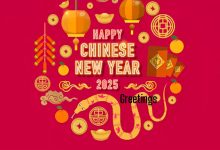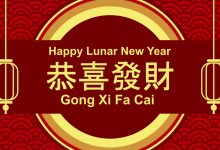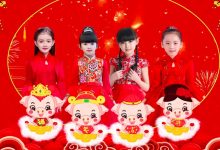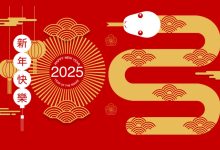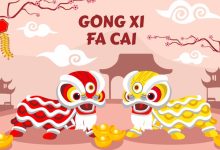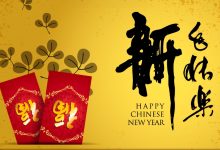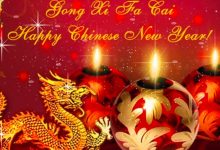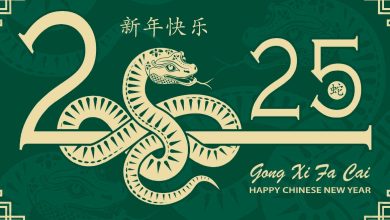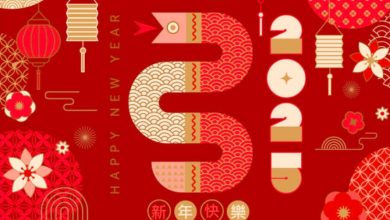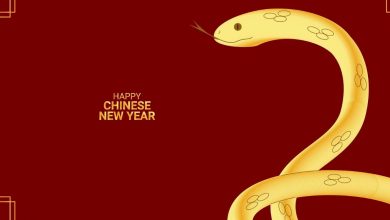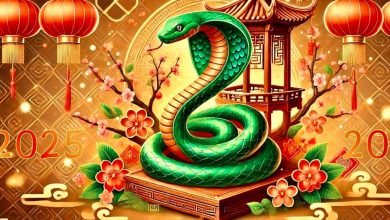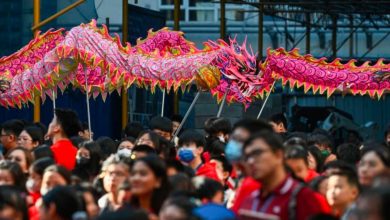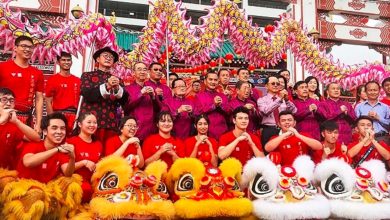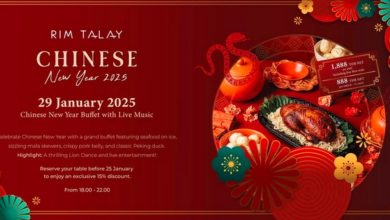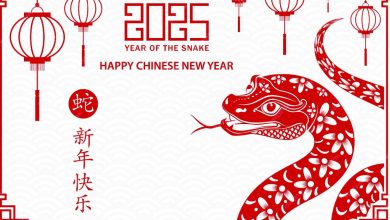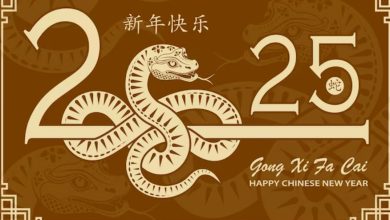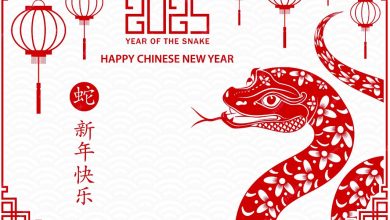Chinese new year 2025 dates australia
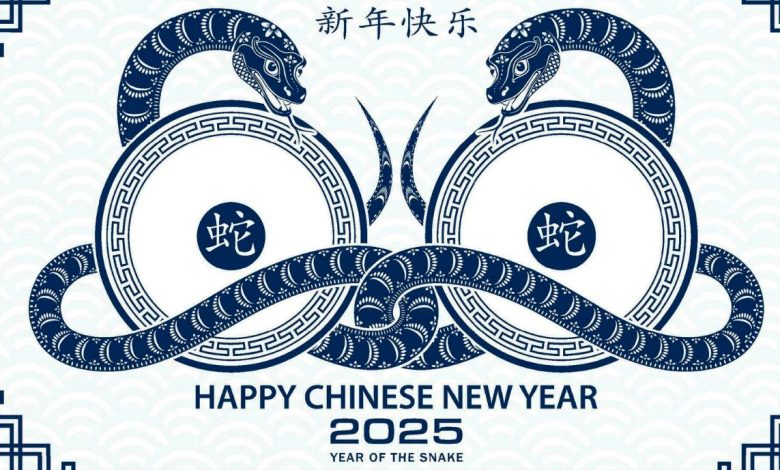
Chinese New Year, also known as the Spring Festival or Lunar New Year, is one of the most significant cultural events celebrated worldwide. In 2025, Chinese New Year falls on Wednesday, January 29, marking the beginning of the Year of the Snake. This festival is observed not only in China but also across the globe, particularly in countries with large Chinese communities. In Australia, Chinese New Year is a vibrant, festive, and inclusive celebration that highlights the nation’s rich multiculturalism.
The Importance of Chinese New Year
Chinese New Year is deeply rooted in tradition and marks the start of the lunar calendar. Unlike the Gregorian calendar, the date of Chinese New Year varies each year and falls between January 21 and February 20, depending on the lunar cycle. The festival spans 15 days, culminating in the Lantern Festival. It is a time of family reunions, cultural festivities, and a fresh start, with traditions focused on welcoming prosperity, happiness, and health for the year ahead.
The Year of the Snake, beginning in 2025, is associated with wisdom, transformation, and intuition. In Chinese astrology, snakes are considered charming, strategic, and resourceful. These qualities influence the energy of the year, making it a time for calculated decisions and growth. Australians celebrating Chinese New Year will embrace these values while enjoying the festive atmosphere.
Key Dates for Chinese New Year 2025 in Australia
- January 29, 2025 (New Year’s Day): The official start of Chinese New Year. Celebrations begin with family gatherings, prayers, and special meals.
- February 3, 2025 (Day 6): Businesses and communities start to resume normal activities, often with ceremonies to welcome good fortune.
- February 12, 2025 (Lantern Festival): The final day of Chinese New Year, marked by lantern displays, cultural performances, and community events.
Chinese New Year Celebrations in Australia
Australia has a significant Chinese and Asian population, making Chinese New Year a major event in cities like Sydney, Melbourne, Brisbane, Perth, and Adelaide. The celebrations attract people from all backgrounds, offering a chance to immerse in Chinese culture and enjoy the festive spirit.
1. Sydney
Sydney hosts some of the largest Chinese New Year celebrations outside of Asia. The city transforms into a vibrant hub of cultural events, including:
- Lunar Lanterns Exhibition: Circular Quay lights up with stunning, larger-than-life lanterns representing the 12 Chinese zodiac animals.
- Dragon Boat Races: Held at Darling Harbour, these traditional races bring excitement and competition as teams paddle in unison to the beat of drums.
- Food Markets: Chinatown and other hotspots like The Rocks offer traditional Chinese delicacies, from dumplings and noodles to sweet treats like sesame balls.
- Lion Dances and Fireworks: Lion and dragon dances are performed across the city to ward off evil spirits and bring good luck. Fireworks displays light up the night sky, adding to the festive atmosphere.
2. Melbourne
Melbourne’s Chinatown, one of the oldest in the world, becomes the epicenter of Chinese New Year festivities. Highlights include:
- Chinatown Street Festival: The streets come alive with cultural performances, food stalls, and live music.
- Chinese Museum Events: Visitors can explore exhibitions showcasing the history and traditions of Chinese culture.
- Firecrackers and Parades: Firecrackers are set off to welcome the New Year, followed by colorful parades featuring traditional costumes and lion dances.
3. Brisbane
Brisbane celebrates Chinese New Year with a mix of traditional and modern festivities:
- South Bank Celebrations: Cultural performances, workshops, and food markets are held along the Brisbane River.
- Fortitude Valley Events: Known for its vibrant Asian community, Fortitude Valley hosts lion dances, martial arts demonstrations, and live music.
- Lantern Festival: The closing event includes lantern displays and cultural storytelling.
4. Perth
In Perth, Chinese New Year is celebrated with equal enthusiasm:
- Northbridge Festivities: The suburb of Northbridge becomes a hub for lion dances, firecrackers, and traditional performances.
- Community Events: Local organizations host workshops, art displays, and cooking demonstrations to share Chinese traditions.
5. Adelaide
Adelaide’s Chinatown and surrounding areas come alive with:
- Street Parties: The Chinatown Plaza hosts food vendors, cultural performances, and traditional music.
- Cultural Workshops: Visitors can participate in calligraphy, lantern-making, and tea ceremonies.
Traditions Observed in Australia
Chinese New Year in Australia retains many traditional elements, blending them with the local culture. Some of the key practices include:
1. Reunion Dinners
On New Year’s Eve, families gather for a feast that includes dishes symbolizing prosperity, happiness, and health. Popular dishes include dumplings (wealth), fish (abundance), and glutinous rice cakes (rising fortune).
2. Red Envelopes (Hongbao)
Elders gift red envelopes containing money to children and unmarried relatives. The red color symbolizes luck, while the money represents blessings for the year ahead.
3. Lion and Dragon Dances
These traditional dances are performed to drive away evil spirits and bring good luck. The vibrant costumes and rhythmic drumbeats captivate audiences and create a festive mood.
4. Decorations
Homes, businesses, and streets are adorned with red lanterns, couplets, and paper cutouts to invite good fortune. The color red dominates, as it is believed to ward off negativity.
Inclusivity and Community Spirit
Chinese New Year in Australia is not limited to the Chinese community. It is a celebration embraced by Australians from diverse backgrounds, showcasing the nation’s multicultural identity. Schools, local councils, and businesses often participate in the festivities, organizing events that educate and entertain.
Many Australians see Chinese New Year as an opportunity to learn about Chinese culture, enjoy traditional cuisine, and participate in family-friendly activities. The emphasis on inclusivity and community spirit makes the celebration unique and widely cherished.
